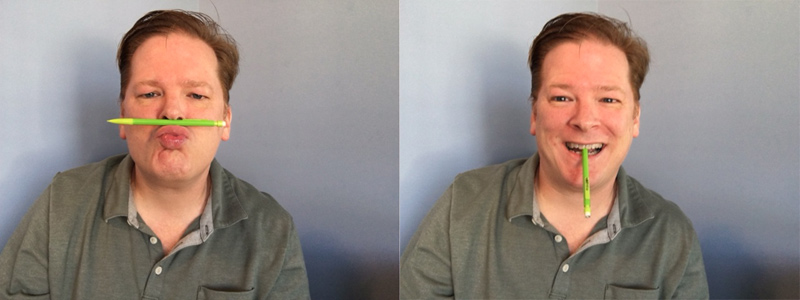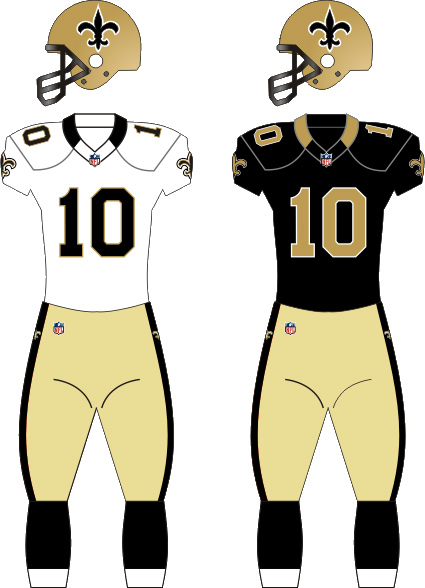Hey look, I made a video. Check it:
For reference and convenience, here’s the transcript:
Overwatch, the team-based first person shooter from Blizzard, is coming out this month. I was lucky enough to get into the closed beta, so I’ve been playing it for months at this point and can tell you it’s great. You should check it out.1
Overwatch does a ton of neat little things to nudge players towards good or otherwise beneficial behavior. If your team needs someone to play a healer or a tank class, for example, it will alert you to that on the hero select screen. Characters will also constantly call out things you need to be doing, like standing on the capture point or taking out an enemy turret. The game also automates some good sportsmanship behaviors, like thanking other players who heal or shield you.
The game also has a “kill cam” feature that, when you’re bested by another player, shows you the action from your killer’s perspective. It’s kind of a nice feature that lets you see what did you in and hopefully learn from it. Or maybe you’ll just get furious and yell into your mic. Like ANY game, Overwatch players are going to have to deal with people to whom sportsmanship is alien.
But I think there’s opportunity that I think Blizzard missed with the kill cam, though, and one little tweak might put frustrated players on better behavior. It has to do with what’s called self-perception theory, which deals with how we crave consistency between our actions and our attitudes.
This has its roots in what’s called “self-perception theory.” This is a watershed concept in social psychology pioneered by physicist-turned- psychologist Daryl Bem during the 1960s. The theory says that in any given situation we think, at some level, about how a third party would view our appearance and behaviors. We then change our own beliefs and attitudes to match this imaginary person’s expectations of us. We are concluding that our behavior must be caused by our attitudes, and since attitudes are often easier to change than the reality of our current or past actions, attitudes are what get changed. Though not always. Plenty of other research has shown that if the attitudes or beliefs are onerous enough, people may willfully ignore or downplay their own behavior to reconcile the dissonance. But often it’s more mentally efficient to just change our attitudes. For example, someone hurtling them- selves out of a perfectly good airplane might think, “I’m skydiving, so I’m the kind of person who seeks out thrills.” He’s probably right. At least I hope he is, for his sake.
In one clever study of this theory by Fritz Strack and his colleagues,2 subjects were given a ball-point pen and told to hold it in their mouth in one of two ways. 4 Some were asked to hold it with pursed lips and others were told to hold it between their front teeth, with their lips drawn up and back. As you might guess, the former tricked the subjects into frowning, while the latter got them to smile. When asked to rate the laugh-out-loud value of a cartoon, those who were being made to smile thought it was way funnier than those who were forced to frown. Their own behavior, forced as it was, affected their attitude towards what they were seeing, which in turn made them chuckle at some silly drawing.

This kind of “first behavior then attitude” effect can also be hijacked in much more subtle ways, and in at least one case it was done with the help of naked ladies. University of North Carolina’s Stuart Valins hooked male participants up to a monitor that beeped in time with their heart rates while they perused centerfolds from Playboy magazine.3 When the researchers used their control over the machine to covertly fake an accelerated heartbeat, subjects decided that they must have a thing for the particular model they were viewing at the time. First we perceive what we look like or what we’re doing, and then we draw conclusions about our attitudes and beliefs. But it turns out that behav- ior isn’t even strictly necessary. Just thinking about how we appear to others can often affect our attitudes, which can circle back to affect our behaviors. Sometimes it’s as simple as putting on a black hat instead of a white one.
Mark Frank and Thomas Gilovich showed this effect by studying athletes in the National Football League and the National Hockey League.4 Specifically, they looked at teams that wore black uniforms versus teams wearing other colors to see if those wearing black—a color typically associated with the wardrobes of the villainous—were guilty of more infractions and associated penalties. Through a series of clever experiments, they were able to untangle the causal chain of events, showing that it wasn’t just that referees were biased against players in dark clothing, or even that more rule-breakers were attracted to teams with black jerseys.

Image credit: Wikipedia.
The researchers even conducted one experiment where they had subjects randomly don either white or black uniforms, then observed that the latter tended to gravitate towards more violent activities when given a list of party games to choose from. Frank and Gilovich argued that these behaviors could be traced back to self-perception theory: I’m wearing black. I’m expected to be aggressive. I’m aggressive. I should pick the party game where I get to shoot someone in the face with a dart gun. Even if that whole chain of thoughts wasn’t conscious, the results were there.
Let’s get back to Overwatch. Based on this whole “first behavior, then attitude” concept, I wonder what would happen if Blizard added a “kill cam kudo” system where you could congratulate your opponent on his or her skill during the kill camp sequence. 5 But say you 3 of these kudos to give out in the course of any given match. Somebody nails you with an impressive headshot or clinches a capture point with an effective use of their ultimate attack? Kudos to them! Kudo awards could then be viewed by everybody at the end of the match.
Why I think this might work is that giving out kudos is a friendly act. And if you’re acting friendly, we know that you’re more likely to think of yourself as a friendly person who’s all into sportsmanship and stuff. It’s either that or bite down on a pencil while you play.



My question is, don’t players have to choose to engage in the kudo behavior before they will start changing their attitude about themselves? If the player is not a sportsmanlike player, why would s/he engage in kudo behavior in the first place even if the kudos are there? Rocket League is a good example of this. It has kudo-style canned compliments available and many players either choose to ignore them or try to use them in a sarcastic manner. Overall I really like the idea of adding a kudos option to kill cams, I just wonder what would motivate people to engage with them in the first place given that my understanding of self-perception theory is that your attitudes are shaped by your current behaviors and context.
Really like the article!
It’s pretty easy to influence (read: trick) players into engaging with systems. It might be as simple as placing a carrot at the end of the stick. For example, a minor exp boost for every kudo you give. The danger, of course, is making the reward too enticing and allow the players to attribute their kindness to desire for the reward (see Festinger and Carlsmith 1959, https://explorable.com/cognitive-dissonance). Perhaps a diminishing returns system? E.g. +3% for the first kudo, +2% for the second, +1% for the third, +0.1% for any further kudos. Min-maxing players will feel the need to continue to find reasons to give kudos for additional rewards, but since they’re not being “paid” enough, they’ll re-attribute their behavior to self-perceptions of kindness to reduce dissonance.
That’s a good idea. I could see that kind of reward based system getting people to use kill cam kudos. Thanks for the response. I would like to see a developer introduce this concept. If anyone would try this I would think it would be Blizzard given their efforts at reducing verbal abuse in Heroes of the Storm.
Just to say there’s no such word as “kudo”. “Kudos” means “praise” and isn’t a plural.
But grammar aside, it sounds like a good idea!